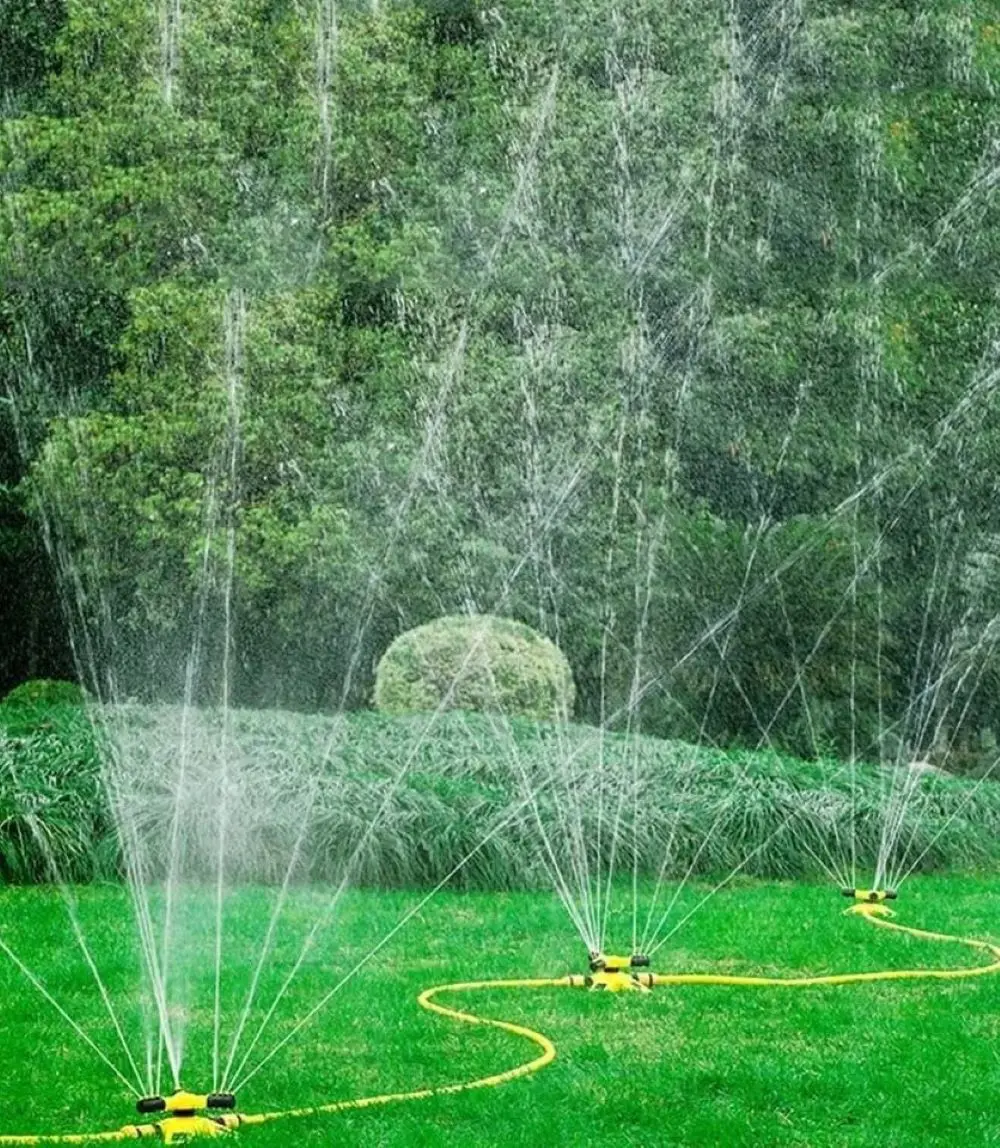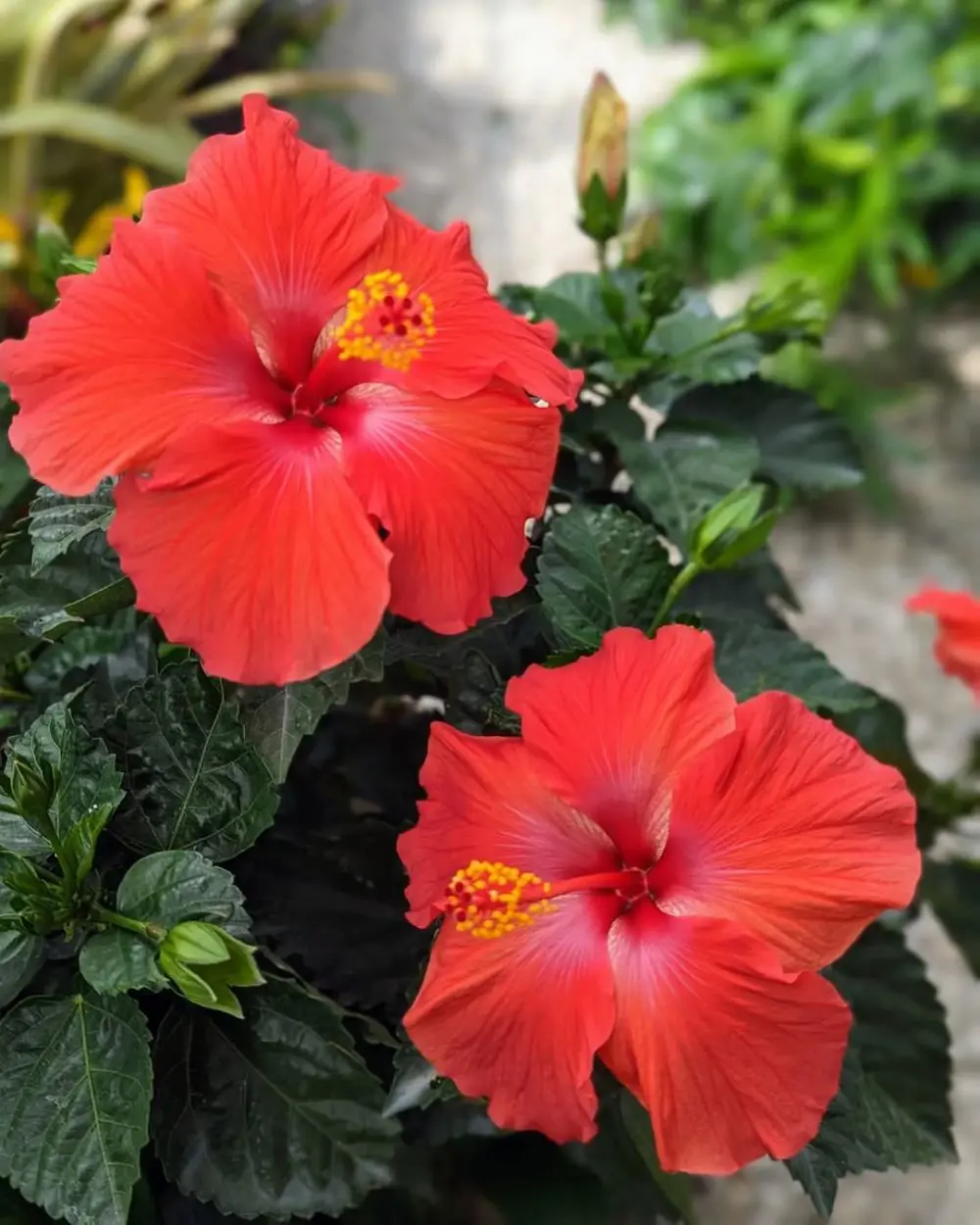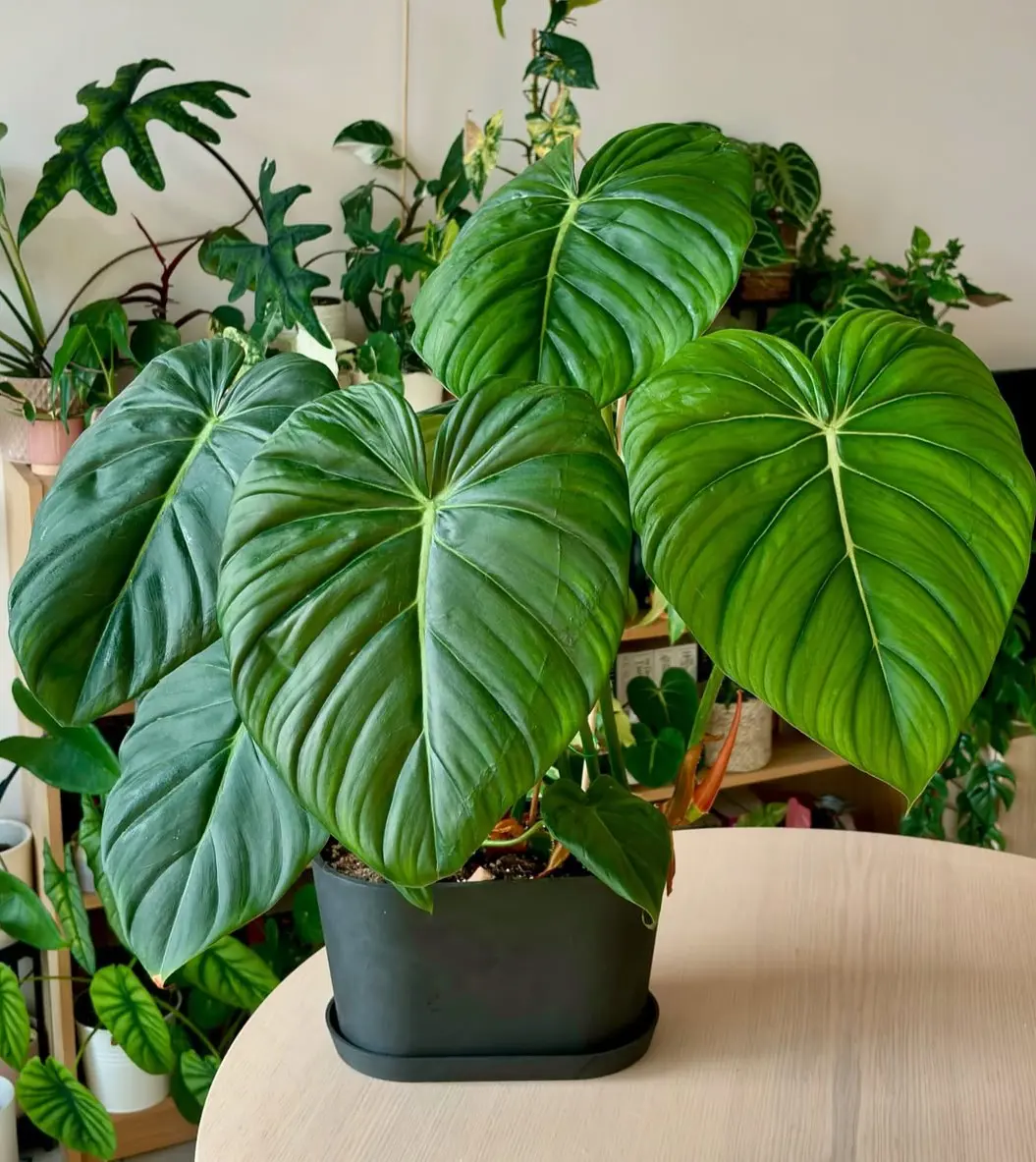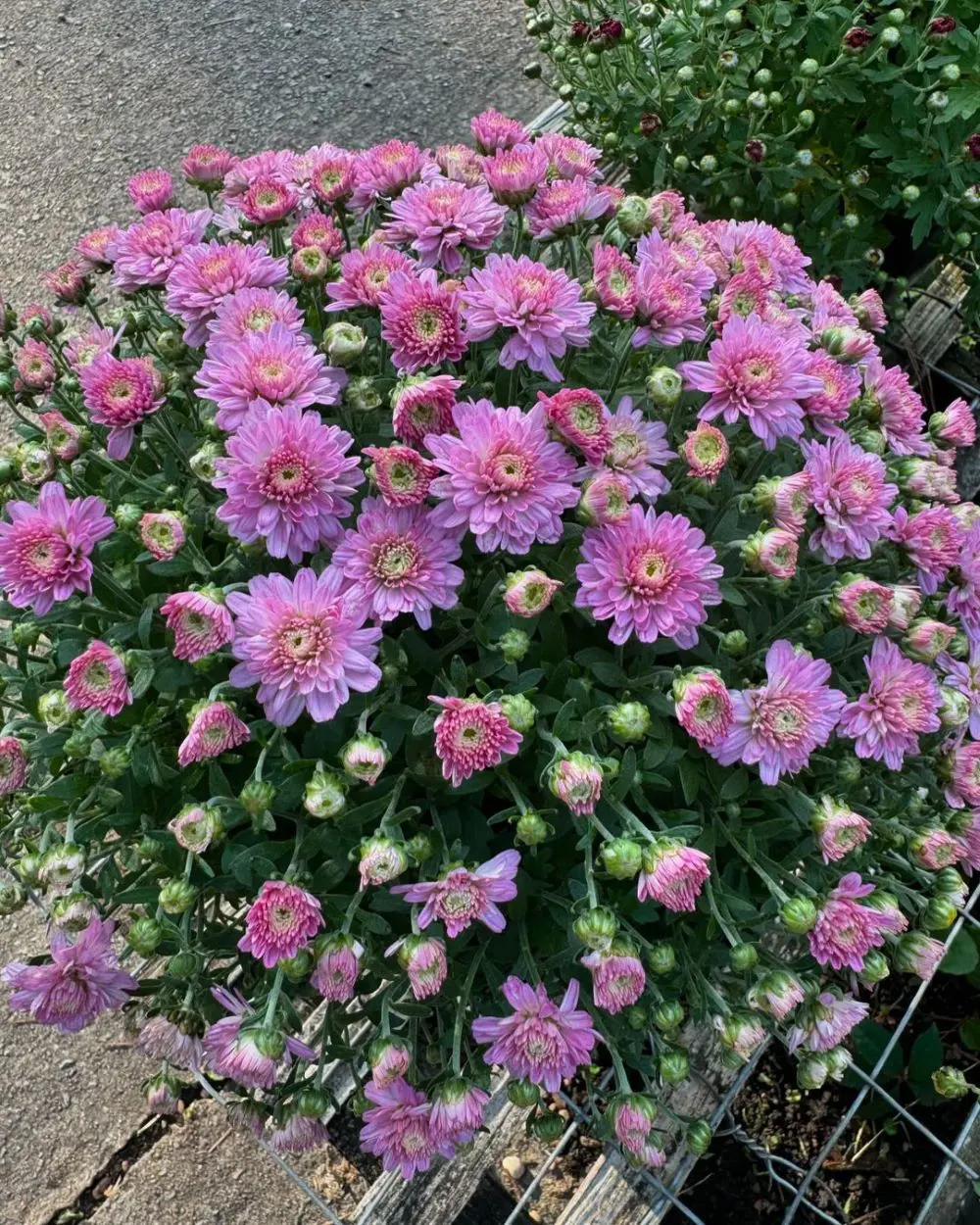Stargazer lilies are a type of Oriental lily, known for their large, star-shaped flowers that face upwards, unlike many other lilies whose flowers droop. This upward-facing characteristic is what gives them their name, as they appear to be "gazing" at the stars.
These lilies, part of the Lilium genus, are hybrids that have been specifically bred for their stunning appearance and delightful scent.
This comprehensive guide will walk you through everything you need to know about growing and caring for Stargazer lilies, ensuring that these beautiful blooms thrive in your garden.
Characteristics
- Appearance: Stargazer lilies have large, star-shaped flowers with broad petals. The petals are a deep pink or red with white edges and dark spots. The flowers are highly fragrant.
- Height: These lilies typically grow to a height of 24 to 36 inches.
- Bloom Time: Stargazer lilies bloom in mid to late summer, usually around July and August.
Planting Stargazer Lilies
Proper planting is crucial to the successful growth of Stargazer lilies. They can be grown in gardens or containers, depending on your space and preference.
Choosing the Right Location
Stargazer lilies prefer full sun but can tolerate partial shade. They require at least six hours of sunlight per day for optimal growth. When choosing a location, ensure it has well-drained soil to prevent bulb rot.
Soil Preparation
The ideal soil for Stargazer lilies is slightly acidic to neutral (pH 6.0-7.0). It should be rich in organic matter and well-draining. Before planting, amend the soil with compost or well-rotted manure to improve its fertility and drainage.
Planting Bulbs
- Timing: Plant Stargazer lily bulbs in the spring or fall, depending on your climate. In regions with harsh winters, spring planting is preferable.
- Depth: Dig holes 6 to 8 inches deep. Space the bulbs 8 to 12 inches apart.
- Planting: Place the bulbs in the holes with the pointed end facing up. Cover with soil and water thoroughly.
Caring for Stargazer Lilies

Once planted, Stargazer lilies require regular care to ensure healthy growth and abundant blooms.
Watering
Stargazer lilies need consistent moisture, especially during their growing season. Water the plants deeply once a week, more often during dry spells. Avoid overwatering, as soggy soil can lead to bulb rot.
Fertilizing
Feed Stargazer lilies with a balanced, slow-release fertilizer in early spring as new growth appears. A second feeding can be done just before the buds begin to open. Avoid high-nitrogen fertilizers, as they can promote excessive foliage at the expense of flowers.
Mulching
Apply a 2-3 inch layer of mulch around the lilies to help retain moisture, regulate soil temperature, and suppress weeds. Organic mulches like bark chips or straw are ideal.
Staking
Due to their height, Stargazer lilies may require staking to prevent them from toppling over, especially in windy conditions. Use garden stakes and soft ties to support the stems without damaging them.
Pruning and Deadheading
Proper pruning and deadheading are essential gardening practices that not only enhance the aesthetic appeal of your plants but also promote healthier, more vigorous growth and an extended blooming period. These techniques help plants to channel their energy more efficiently, leading to better overall performance.
Deadheading
Deadheading involves the removal of spent flowers from plants. This practice is crucial because it prevents the plant from putting energy into seed production, which can detract from future flowering. To deadhead effectively:
- Identify Spent Flowers: Look for flowers that have faded or dried up. These are the ones that need to be removed.
- Use Proper Tools: Employ clean, sharp scissors or pruners. This ensures a clean cut, reducing the risk of disease.
- Cutting Technique: Cut the flower stem just above the first set of healthy leaves. This not only tidies the plant but also encourages the growth of new blooms.
By regularly deadheading, you can maintain a neat appearance and encourage the plant to produce more flowers throughout the growing season.
Pruning
Pruning is another critical practice, particularly after the flowering season has ended. Here's how to approach it:
- Allow Natural Dieback: After the flowering period, let the foliage die back naturally. The leaves are crucial as they continue to photosynthesize, providing essential nutrients to the bulbs or roots for the next growing season.
- Timing: Wait until the foliage has turned yellow or brown before cutting it back. This indicates that the plant has completed its nutrient transfer process.
- Cutting Back: Once the foliage has withered, it can be cut back to the ground level. Use sharp, clean tools to make precise cuts.
Pruning at the right time and in the correct manner helps ensure that the plant remains healthy and vigorous, ready to produce a robust display in the next season.
Pest and Disease Management
Stargazer lilies are relatively hardy but can still fall victim to pests and diseases.
Common Pests
- Aphids: These small, sap-sucking insects can cause distorted growth and spread diseases. Control aphids by spraying with insecticidal soap or a strong jet of water.
- Lily Beetles: Bright red beetles that chew on leaves, stems, and flowers. Hand-pick and destroy these pests, or use neem oil or insecticides if infestations are severe.
- Slugs and Snails: These pests can cause significant damage to young plants. Use slug traps, bait, or copper barriers to protect your lilies.
Diseases
- Botrytis Blight: A fungal disease that causes brown spots on leaves and flowers. Prevent by ensuring good air circulation and avoiding overhead watering. Remove and destroy infected plant parts.
- Basal Rot: A fungal infection that affects the bulbs, causing them to rot. Prevent by planting in well-drained soil and avoiding overwatering.
- Mosaic Virus: A viral disease spread by aphids that causes mottled or streaked leaves. There is no cure, so affected plants should be removed and destroyed.
Overwintering
In regions with cold winters, proper overwintering is essential to protect Stargazer lilies.
In-Ground Lilies
Apply a thick layer of mulch (4-6 inches) over the planting area to insulate the bulbs from freezing temperatures. Straw, leaves, or evergreen boughs work well. Remove the mulch in spring after the danger of frost has passed.
Potted Lilies
If you grow Stargazer lilies in containers, move the pots to a sheltered location, such as a garage or basement, where temperatures remain above freezing. Water sparingly during the winter months.
Propagation
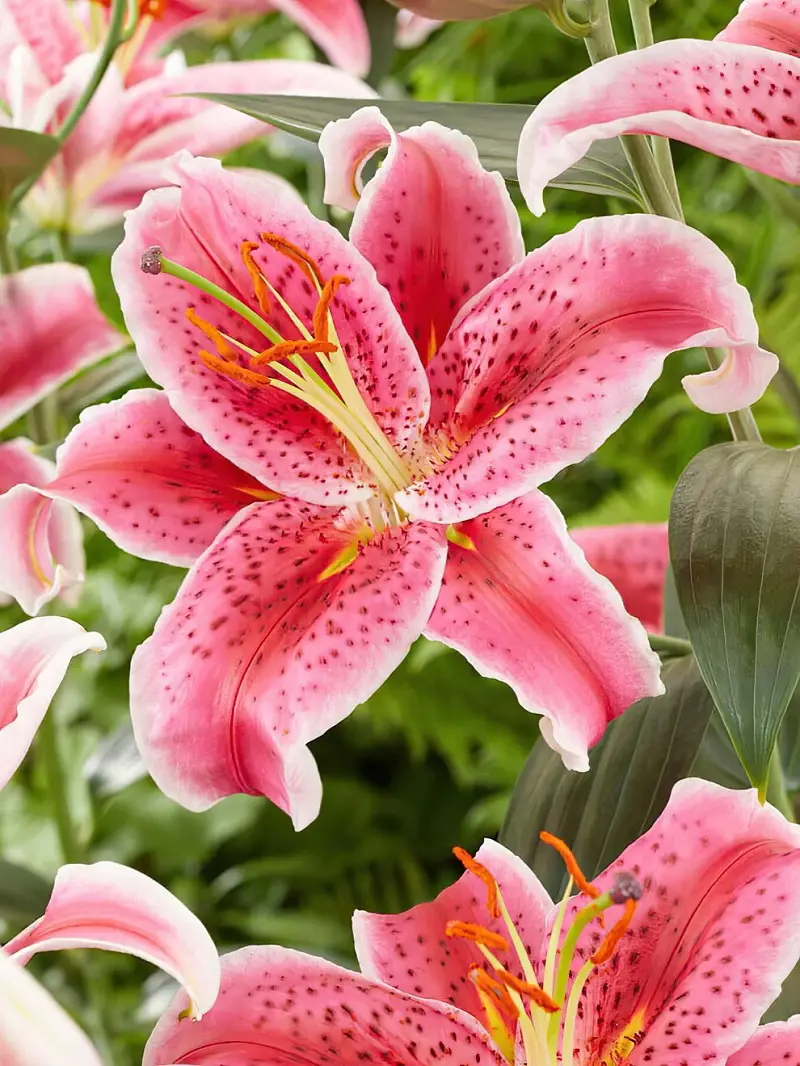
Stargazer lilies can be propagated through division or scaling.
Division
- Timing: Divide the lilies in early spring or fall.
- Method: Carefully dig up the bulbs and separate the offsets (small bulbs attached to the parent bulb). Replant the offsets immediately, following the same depth and spacing guidelines as for planting bulbs.
Scaling
- Method: Gently remove a few scales from a healthy bulb. Dust the scales with a fungicide to prevent rot.
- Planting: Place the scales in a plastic bag filled with a moist medium like peat moss or vermiculite. Seal the bag and store it in a warm, dark place for a few weeks until small bulblets form.
- Transplanting: Once the bulblets have developed, plant them in pots or directly in the garden.
Companion Planting
Stargazer lilies can be complemented by various companion plants that enhance their beauty and support their growth.
Suitable Companions
- Daylilies: These low-growing perennials provide a colorful ground cover that contrasts beautifully with the tall Stargazer lilies.
- Hostas: Their large, textured leaves offer a striking backdrop for the lilies and help keep the soil cool and moist.
- Coneflowers: These daisy-like flowers bloom around the same time as Stargazer lilies and attract pollinators, enhancing the garden's ecosystem.
- Ferns: Ferns add a lush, green texture to the garden and thrive in similar conditions to Stargazer lilies.
Avoiding Competition
When planting companions, ensure they do not compete excessively for nutrients, water, or light. Space the plants appropriately and provide adequate resources for all.
Design Ideas
Stargazer lilies can be incorporated into various garden designs to create stunning visual effects.
Formal Gardens
In formal gardens, Stargazer lilies can be planted in symmetrical patterns or as focal points in flower beds. Their upright growth and striking blooms add a touch of elegance and structure.
Cottage Gardens
For a more relaxed, natural look, incorporate Stargazer lilies into cottage gardens. Pair them with other perennials and annuals to create a lush, colorful display that attracts butterflies and hummingbirds.
Container Gardens
Stargazer lilies can be grown in large pots or containers, making them suitable for patios, balconies, and small gardens. Use high-quality potting soil and ensure the containers have good drainage. Combine lilies with trailing plants like ivy or petunias for a layered effect.
Cut Flower Arrangements
Stargazer lilies make excellent cut flowers due to their long stems and extended vase life. Harvest the flowers in the morning when the buds are just beginning to open. Strip the lower leaves from the stems and place them in a vase with fresh water.
Change the water every few days and recut the stems to prolong their freshness.
Troubleshooting Common Issues
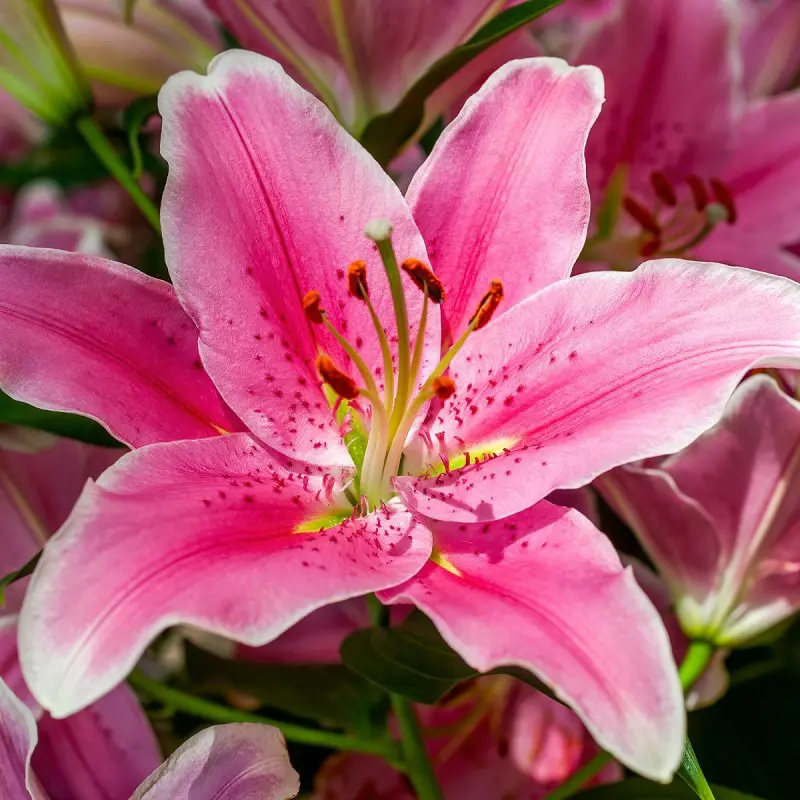
Even with the best care, you may encounter some challenges when growing Stargazer lilies. Here are solutions to common problems:
Poor Blooming
- Cause: Insufficient sunlight, poor soil, or overcrowding.
- Solution: Ensure the lilies receive at least six hours of sunlight daily. Improve soil quality with compost or fertilizers, and divide overcrowded clumps every few years.
Yellowing Leaves
- Cause: Overwatering, poor drainage, or nutrient deficiency.
- Solution: Adjust watering practices to maintain consistent moisture without waterlogging. Improve soil drainage and consider applying a balanced fertilizer.
Wilting or Drooping
- Cause: Heat stress, lack of water, or disease.
- Solution: Provide adequate water during hot, dry periods. Ensure the soil remains consistently moist but not waterlogged. Check for signs of disease and treat accordingly.
Stunted Growth
- Cause: Poor soil conditions, insufficient nutrients, or pest infestation.
- Solution: Test the soil and amend as necessary with organic matter or fertilizers. Check for pests and treat with appropriate insecticides or natural remedies.
Stargazer lilies are a rewarding addition to any garden, offering stunning blooms and a captivating fragrance. By following the guidelines outlined in this article, you can successfully grow and care for these beautiful flowers, ensuring they thrive and bring joy year after year.
Remember to choose the right location, provide proper care, and address any issues promptly to enjoy a flourishing display of Stargazer lilies in your garden.

